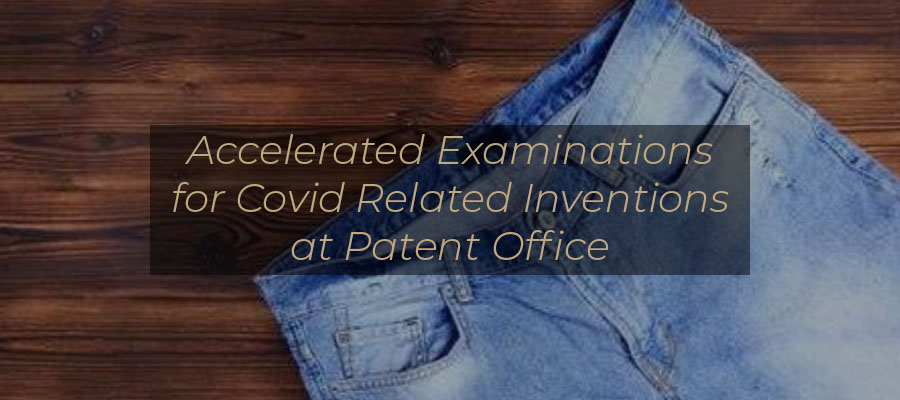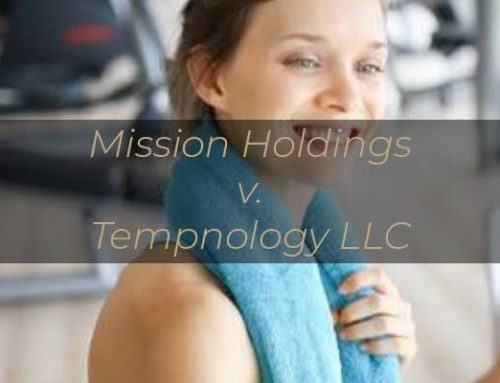In a trademark dispute between Lucky Brand Dungarees and Marcel Fashion Group, the U.S. Supreme Court had the opportunity to determine when a party is precluded from raising a defense raised in an earlier litigation between two parties, in a later litigation between the same parties.
In the case of Lucky Brand Dungarees v. Marcel Fashion Group, Lucky Brand asserted a defense of release of claims (by an earlier settlement agreement) in an answer in a litigation between the parties in 2005. Lucky Brand then sought to raise that same defense again in a 2011 litigation between the parties. Marcel argued that Lucky Brand could not re-raise that defense in the 2011 litigation because it had not pursued the defense in the 2005 litigation.
The Supreme Court held that for “defense preclusion” to apply, it must satisfy one of the two doctrines that support res judicata of an affirmative claim, namely issue preclusion or claim preclusion. In order to meet the requirements for issue preclusion, the earlier defense must actually be decided in the earlier litigation or be necessary to the judgment, which had not occurred in this case. On the other hand, claim preclusion prohibits a party from raising issues that could have been raised and decided in an earlier litigation, where the lawsuits involve the “same transaction” or “common nucleus of operative facts.” In this case, the Supreme Court found that the earlier 2005 lawsuit and the current 2011 lawsuit did not share the same nucleus of operative facts, so that defense preclusion did not apply.








